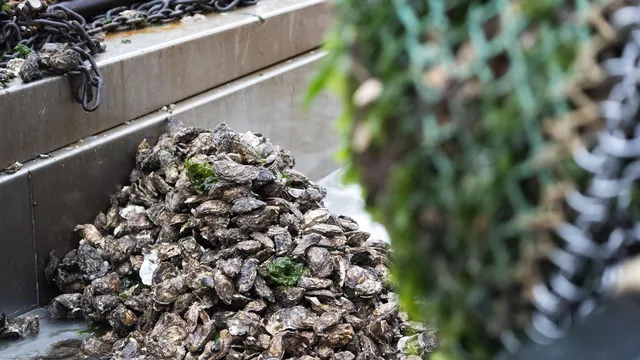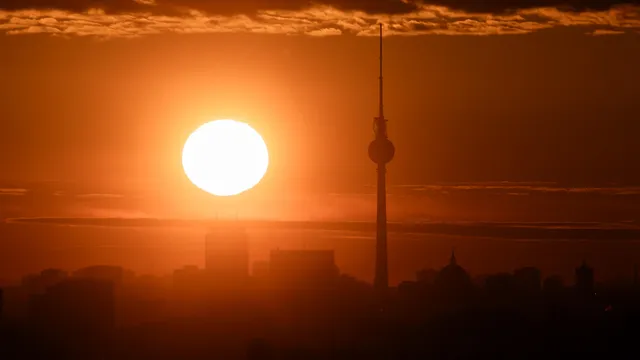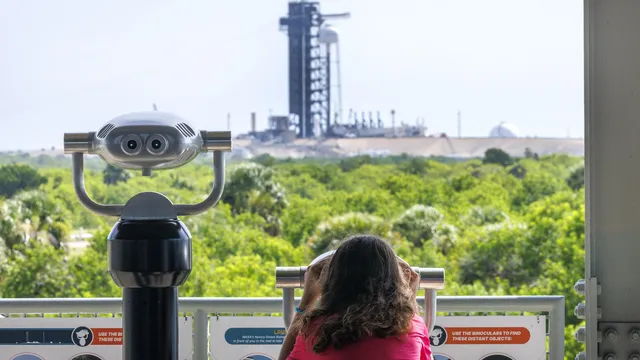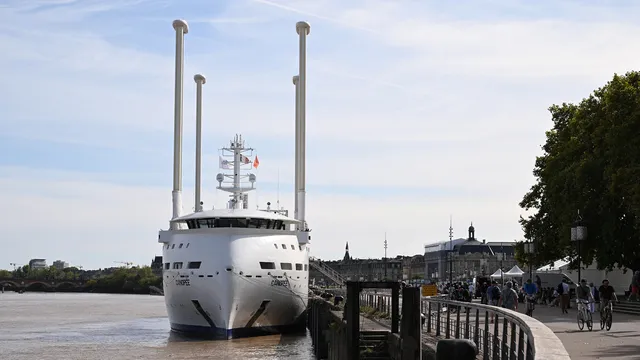Loved by foodies, the oyster can also be one of the soldiers the world needs to fight environmental degradation. Kimberly Price is convinced of this as she and other volunteers try to increase populations of these scavengers of the seas.
This Maryland resident, in the eastern US, grows thousands of oysters in her house by the water. When they mature enough, the mollusks are introduced into the Chesapeake Bay, near Washington, where they clean the water.
Oysters are extremely effective natural filters, and each one can purify up to 190 gallons of water per day.
As a result, the habitat is healthier and the marine flora and fauna are in better condition, which experts say can help the waters sequester more of the carbon dioxide causing global warming.
Today, only 1 percent of the Chesapeake Bay's native oysters that were present in their billions before the 1980s remain, which historians say is enough to filter all of the bay's water.
They have fallen victim to pollution, overfishing and disease.
Conservationists face a colossal challenge, and volunteers like Kimberly Price are playing a crucial role in repopulating the bay, AFP reports.
For nine months, the young oysters have been raised in cages suspended by ropes on the private pier of Price, a 53-year-old real estate consultant, to give them the best chance to grow up.
The mollusks are then put to work to help preserve the planet.
"We humans destroy everything, don't we? So we're looking at how to fix the situation," explained Kimberly Price.
In the cage labeled "Forbidden for sale or human consumption," old oyster shells serve as a bed for half a dozen tiny claw-sized mollusks.
When they arrived at Price's home last summer, they were no bigger than pinheads and came from a specialized incubator.
During AFP's visit in late May, Kimberly Price was washing the young oysters before turning them over to the Chesapeake Bay Foundation (CBF), which introduces them to reef sanctuaries in the Bay where clam fishing is prohibited.
In 2018, the nonprofit and its partners set a goal of planting 10 billion new oysters in the Bay, the largest estuary in the U.S., by the end of 2025.
About 6.7 billion have already been imported, according to Kelly Fiala's expert. The population "is moving in a positive direction," she added.
"When you think about how many oysters there have been in the Bay, we still have a long way to go," she stressed, however.
One of the main difficulties has been the lack of substrate, a hard material that oysters need to grow, as for years the shells have been harvested to use for building walkways.
"People didn't understand the importance of putting the shells back in the water to provide a home for other oysters," Kelly Fiala said.
To solve the problem, CBF encourages volunteers to build concrete igloos to serve as artificial underwater habitats.
All of these initiatives encourage participation from local residents, from school children to retirees.
Along with other volunteers, Kimberly Price goes to CBF headquarters near the bay to drop off buckets of mollusks, which by one count number 7,500.
The oysters are then loaded onto a small boat, which the captain, 61-year-old Dan Johannes, pilots to the sanctuary's reef.
There, two trainees unceremoniously empty about twenty buckets overboard. The process takes only a minute and the bay contains another 75,000 oysters. | BGNES
In the United States, volunteers grow oysters to clean up the seas

BGNES
Oysters are extremely effective natural filters, and each one can purify up to 190 litres of water per day.


 Breaking news
Breaking news
 Europe
Europe
 Bulgaria
Bulgaria





